Today I want to share with you possibly one of the most powerful things I’ve discovered in vegan cooking, and that’s aquafaba. Before you start thinking aquafaba is one of those hard to get hold of, expensive superfoods that so many vegan recipes seem to require, I can assure you it’s not. Aquafaba is simply the water that comes as a by-product of soaking and cooking chickpeas, yep, that’s it. And the stuff from a can works too… let’s jump right into some more information about it, and an easy way to make your own!
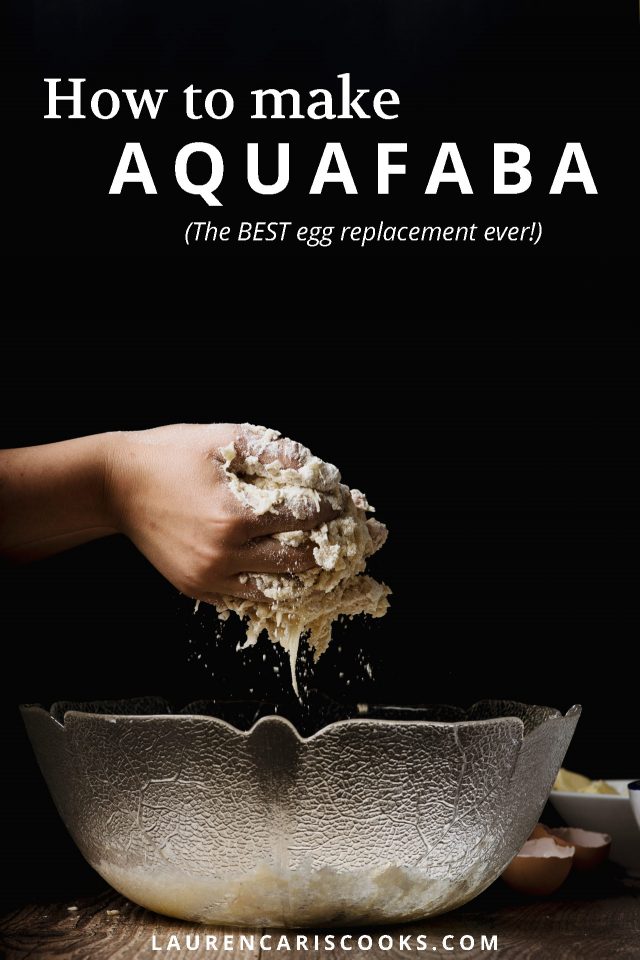
There are already so many milk replacers on the market (you can read my complete guide to non dairy milks here), but egg replacers aren’t so easy to find. Often, egg replacers you can buy in the shops are highly processed and expensive, but aquafaba provides a much easier, and healthier whole foods alternative.
What makes aquafaba unique, is unlike other egg replacers, it has some of the characteristics of both egg white and yolk, meaning it can be used as a thickener, binder, emulsifier and foaming agent. The scientific research into aquafaba is still being conducted, but so far, it seems like the proteins in aquafaba behave in a similar way to those in egg whites, which is what makes it such a great and stable egg replacement.
As I mentioned before, water straight from a can of chickpeas (or any other white beans) will work just fine, so there’s really no need to make your own. However, I prefer to soak my own beans most of the time, and rather than discard the water, I now have a great use for it.
Homemade aquafaba freezes really well and can be kept for up to a year when frozen. I would recommend freezing 1 tablespoon portions in an ice tray, and then popping them out and storing them in a ziplock bag in the freezer. To replace one egg, you will need about 3 tablespoons of aquafaba, although this can be flexible.
The Method
Soak your chickpeas overnight in cold water, then strain them and discard the soaking water.
Add the chickpeas to a large saucepan, and cover with water so the chickpeas have about 1-2 inches of water above them. Cook until you reach the desired softness. You will want to cook them until they are very soft if you are making hummus, and a bit firmer if you’re eating them on a salad. Cooking time can vary from 45 minutes to 90 minutes depending on the desired outcome.
Related: The Only Hummus Recipe You’ll Ever Need
Once cooked, transfer the chickpeas and the water to a heatproof bowl and allow the chickpeas to cool whilst soaking in the water. Once fully cooled, cover the bowl and store in the fridge overnight. This step allows the water to become a little gelatinous, mimicking the egg white texture.
Drain the chickpeas and store the water separately. If the water is a bit thin, you can reheat it in a saucepan to a simmer and reduce it until it has the texture of egg white. This is not an exact science and you can keep checking the water to see the texture, and return it to the pan if necessary.
The aquafaba will keep in an airtight container for 7 days in the fridge, or in the freezer for up to 1 year. As mentioned above, I recommend freezing it in 1 tablespoon portions, then storing those ice cubes in a ziplock bag for future use.
Recipes using aquafaba
There are hundreds of great recipes out there using aquafaba, here are some of my favourites that I think you’ll love too!
Vegan Nougat – by Cassie Heneghan
Vegan Swiss Meringue Buttercream – Gretchen’s Bakery
1 Hour Cinnamon Rolls – Vegan Richa
Spanish Potato Bombas – Cilantro and Citronella
I hope you find this guide useful, I know that aquafaba is going to become a staple in my kitchen as I explore more vegan baking. Let me know in the comments if you’ve tried this great egg replacer, and what you’re favourite recipes are!

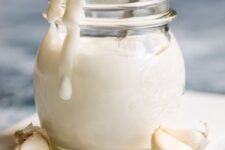
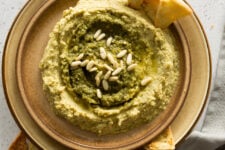

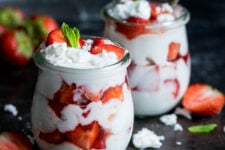
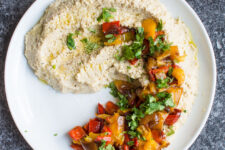
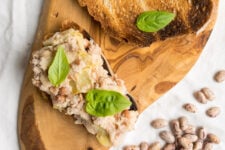
Can you freeze it?
And one thing that really annoys me about egg replacers is that almost all recipes I use egg in require either yolk or white (hollandaise, fresh pasta, etc., etc.) and nobody states the vital information when thinking about almost any recipe is which egg replacer is closest to yolk and which closest to white so you can make the right choice…
Thank you for sharing this valuable information. I did explore aquafaba on Instagram and Pinterest, but didn’t really know what it is. So I bought a bottle of chickpeas and I am very excited to try out some recipes.